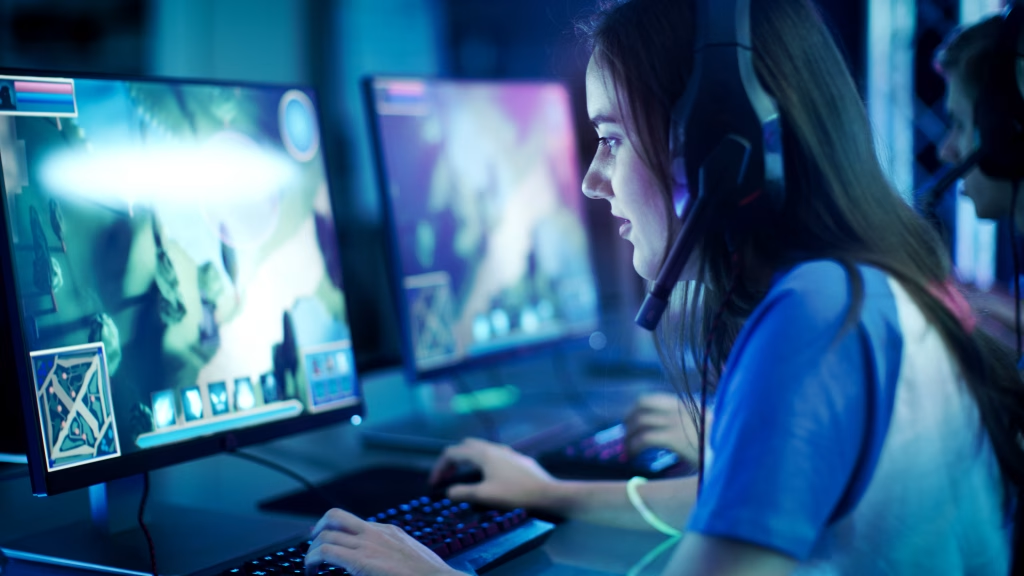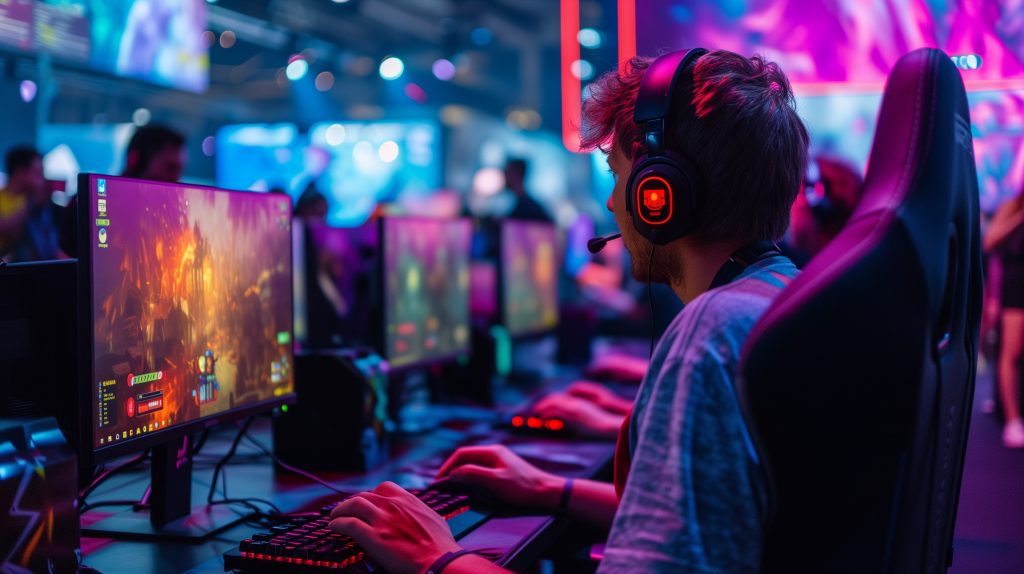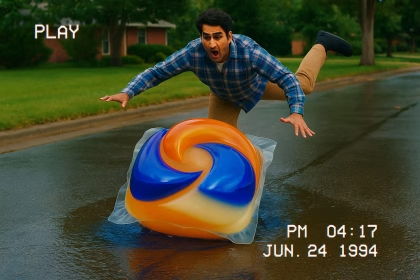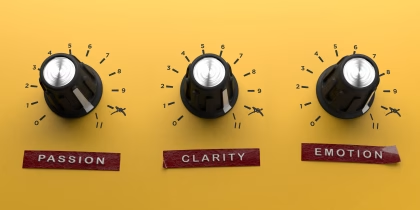Long-time iMotions users, Mauro Usability Science, in collaboration with their partner Secretlab, have conducted an advanced research analysis focused on the ergonomics of video gaming, specifically addressing the impact of seating design on gameplay performance. The impetus for this study was rooted in the exponential growth of the video game and esports industry, anticipated to exceed $300 billion by 2029, surpassing the combined profits of the music and movie industries.
The ubiquity of video gaming as a global trend and its appeal across diverse user profiles, spanning from children to the elderly, necessitated an exploration into human factors and problems affecting the well-being of this expansive user base. Extensive prior research has highlighted a gamut of medical conditions associated with gaming, including repetitive motion and stress injuries, obesity, eye strain, mental stress, fatigue, depression, and even instances of suicidal thoughts and loss of life.
Methodology and Study Execution
The human factors engineering problems identified were both pervasive and global, transcending demographic or user profile distinctions. To address this multifaceted challenge, the study meticulously defined the dimensions of the human factors problem, encompassing cognitive, spatial, and visual interface elements, emotional and subjective responses, physiological and circulatory impacts, biomechanical and proprioceptive variables, and technological variables influencing gameplay.
At the heart of the investigation lay the specific examination of seating systems, with a focus on the Secretlab Titan gaming chair. The intricate web of seating elements, including head and neck, thoracic and upper body, lumbar, lower arm and palpated, and pelvic areas, were identified as primary support systems crucial for sustaining a healthy and functional gameplay experience, especially during extended periods of play.

The complexity of the seating system dynamics was underscored by their interconnectivity and independent movements. This presented a substantial data capture challenge, particularly in aligning seating movement and support with objective gameplay performance and human factors variables.
The study adopted a rigorous AB study design, spanning approximately nine months. The chosen methodology involved a within-subject study design, wherein respondents experienced two seating systems, including the Secretlab Titan chair and a leading global brand, randomly assigned during 3-hour gaming sessions over two separate days. The League of Legends bot system served as the standardized game to ensure consistency across all respondents.
Recruitment of respondents spanned three levels of gameplay experience—novice, intermediate, and advanced professional. Extensive ergonomic pretesting and screening procedures were implemented to eliminate extraneous variables, focusing specifically on the variables tested in the AB study. The resultant data generated from each respondent amounted to an impressive 100GB of raw data, indicative of the comprehensive nature of the study.
To effectively capture and align seating movement with psychological, physiological, and cognitive workload profiles, a 3D spatial tracking model of both seating designs was engineered and integrated into the iMotions Software Suite.
The Secretlab Titan chair served as the experimental seating system, with critical research questions probing into the impact of seating design on overall gameplay performance, differentiation in impact across gaming expertise levels, identification of specific seating variables influencing gameplay, and the cost-effectiveness of high-performance human factors engineering testing for product development.
iMotions Ergonomics Research Lab
Synchronize data collection from multiple biosensors, allowing researchers to investigate complex research questions in innovative and time saving ways.







